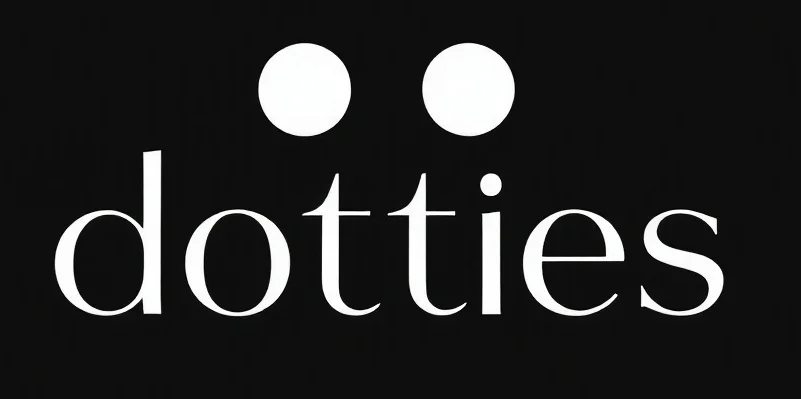Exploring Adobe Alternatives for Your Business
Adobe has long been the towering giant of the creative industry, but it’s not the only player on the field. Whether you’re a startup or an established business, exploring adobe alternatives might just lead you to discover tools better suited to your unique needs and budget constraints.
Why Consider Alternatives?
First off, let’s address the elephant in the room: cost. Adobe’s subscription model can be a hefty commitment, especially for smaller businesses or freelancers who might not need the full suite of tools. Think of it like paying for an all-you-can-eat buffet when all you really wanted was a sandwich and a cup of coffee. The functionality of Adobe products is impressive, but sometimes it’s overkill for simpler projects.
Key Players in the Field
Enter the Adobe alternatives, the underdogs of the creative world. These tools may not have the same brand recognition, but they pack a punch where it counts.
Graphic Design: Affinity Designer
For graphic designers, Affinity Designer is a strong contender and an excellent alternative to Canva. It offers a one-time purchase model instead of a subscription—a relief for those who prefer not to have recurring costs looming over them. The interface is intuitive and the learning curve is gentle, making it accessible for beginners and pros alike.
Photo Editing: GIMP
When it comes to photo editing, GIMP is the open-source alternative that has been quietly gaining traction. Tools like GIMP and Rendernet AI provide advanced features, making them beloved by those who discover them, much like an indie film gaining a cult following. GIMP supports a wide array of plugins and scripts, providing flexibility and customization that can rival even the mighty Photoshop.
Video Editing: DaVinci Resolve
DaVinci Resolve stands out in the video editing arena. Known for its robust color correction capabilities, it’s a tool that many in the industry have turned to. It’s particularly appealing for those who need high-quality results without the high cost, and it’s a testament to how far non-Adobe software has come.
Finding the Right Fit
Choosing the right tool isn’t just about cost or features; it’s about finding what fits best with your team’s workflow and your business’s goals. It’s like choosing a new pair of shoes—you want comfort and style, but ultimately it has to fit. Evaluate your specific needs: Do you need collaboration features? How important is cross-platform compatibility? Does your team require extensive support and training resources?
Actionable Recommendations
So, what’s the game plan? Begin with a clear assessment of your current needs and pain points. Test out several alternatives using their trial versions to get a feel for what works best. Engage your team in the decision-making process; their input can provide valuable insights into how these tools will be used in practice. Finally, consider the long-term cost implications of subscription versus one-time payments.
By taking these steps, you’ll not only potentially reduce costs but also empower your team with tools that make their work more efficient and enjoyable. Ultimately, the right software should feel like an extension of your creativity, not a constraint. For more creative inspiration, check out how you can make your Instagram pop with these 90s phrases.
Checkout ProductScope AI’s Studio (and get 200 free studio credits)

